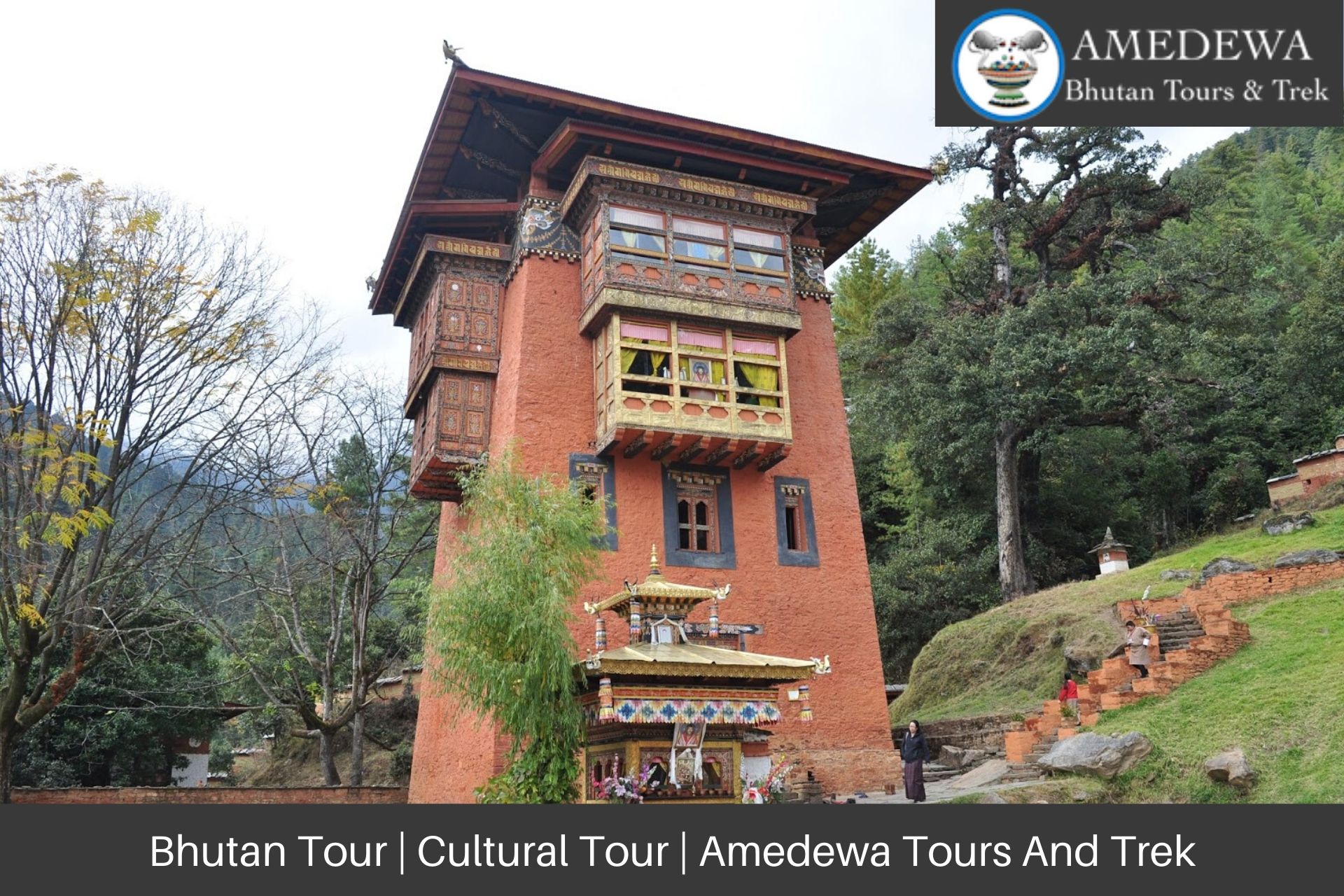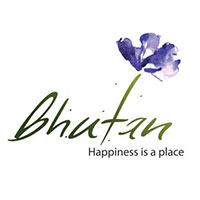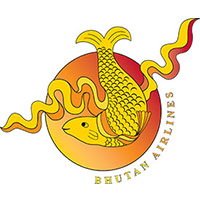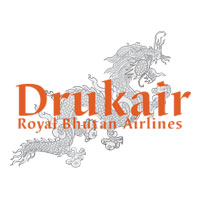Posted On: February 29, 2020 | By: adminadmin
12 Days Bhutan Tour Cultural Tour – Amedewa Tours And Trek
12 Days Bhutan Cultural Tour
Amedewa Tours And Trek
Day 01: Arrive Paro by Druk Air
Paro International Airport
The flight into Bhutan takes you close to the great Himalayas, offering dazzling scenic views of some world’s highest glacial peaks. As you enter Paro valley, you will sweep past forested hills with the silvery Pa Chu (Paro river) meandering down the valley below. Paro Dzong (fortress) and Ta Dzong (watchtower) on the hills above the town will be a fine sight. Our representative will meet you at Paro airport, and after completion of arrival formalities you will be transferred to Bhutan’s capital, Thimphu, an exciting blend of tradition and modernity. and we will start our cultural tour of Bhutan in the next day.
Overnight at the hotel in Thimphu.
Day 02: Thimphu cultural tour
Today’s full day of Bhutan cultural tour include the following
National Memorial Chorten: The building of this landmark was envisaged by the third king, His Majesty Jigme Dorji Wangchuck, as a monument to world peace and prosperity. Completed in 1974 after his untimely death, it is both a memorial to the Late King (“the Father of modern Bhutan”) and a monument to world peace. The paintings and statues inside the monument provide a deep insight into Buddhist philosophy.
Then proceed to Buddha Dordenma is a gigantic Shakyamuni Buddha statue under construction in the mountains of Bhutan. The statue will house over one hundred thousand smaller Buddha statues, each of which, like the Buddha Dordenma itself, the Buddha Dordenma is sited amidst the ruins of Kuensel Phodrang, the palace of Sherab Wangchuck, the thirteenth Desi Druk, overlooking the southern approach to Thimphu, the capital of Bhutan.
Institute for Zorig Chusum (commonly known as Painting School) where students undertake a six-year course on the 13 traditional arts and crafts of Bhutan;
After lunch visit changgangkha lhakhang and visit Folk Heritage Museum: These museum which opened in 2001, provide fascinating insights into Bhutanese material culture and way of life.
Trashichhodzong: This impressive fortress/monastery houses Secretariat building, the throne room of His Majesty, the King and various government offices. It is also the summer residence of Chief Abbot and central monk body. Overnight at the hotel in Thimphu.
Visit Changlingmeythang National stadium where Archery match for locals takes place.
Drive to farm stay where by you can visit monk/lama and get blessed.
If interested you can have dinner at the farm house where by you will get local Bhutanese cuisine.
Day 03: Thimphu cultural tour
Today after breakfast we will drive to the road end and start our hike to Tango monastery, It was founded by Phajo Drugom Zhigpo in the 13th century and built in its present form by Tenzin Rabgye, the 4th Temporal Ruler in 1688.
And later hike to Cheri monastery, established in 1620 by Ngawang Namgyel 1st zhabdrung Rinpoche, the founder of the Bhutanese state.
Visit simply Bhutan museum, culture tour of Bhutan and also try archery, national game of Bhutan and overnight halt at Thimphu.
Day 04: Thimphu to Punakha/Wangdiphodrang
After early breakfast, drive up to Dochu-la pass (3,088m/ 10,130 ft) stopping briefly here to take in the view and admire the chorten, mani wall, and prayer flags which decorate the highest point on the road. If skies are clear, the following peaks can be seen from this pass (left to right): Masagang (7,158m), Tsendagang (6,960m), Terigang (7,060m ), Jejegangphugang (7,158 m ), Kangphugang (7,170 m ), Zongphugang (7, 060 m ), a table mountain that dominates the isolated region of Lunana – finally Gangkar puensum, the highest peak in Bhutan at 7,497m. Then continue onwards, reaching Punakha town in time for lunch. then continue to visit Punaka dzong and then suspension bridge and a short hike to the fertility temple.
In the evening drive to wangdi phodrang and stroll town Halt at Punakha in the evening.
Day 05: Punakha / Trongsa (200 Km, 7 hours’ drive)
on to Trongsa across Pele-la pass (3,300m/10,830 ft), the traditional boundary between east and west. The pass is marked by a large white chorten prayer flags. There is an abrupt change in vegetation at this point, with mountain forest replaced by high altitude dwarf bamboo.
Stop en route at Chendbji Chorten, patterned on Kathmandu’s Swayambhunath Stupa, with eyes panted at four cardinal points. It was built in the 18th century by Lama Shida from Tibet, to cover the remains of an evil spirit that was subdued at this spot.
Arrive at Trongsa late afternoon and check into the hotel for the night.
Day 06: Trongsa / Bumthang (68 Km, 3 hours’ drive)
TRONGSA DZONG
After breakfast, visit Trongsa Dzong. Built in 1648 it was the seat of power over central and eastern Bhutan. Both the first and second Kings of Bhutan ruled the country from this ancient seat. All four Kings were invested as Trongsa Penlop (‘governer’) prior to ascending the throne, and the present Crown Prince now holds the post. The Dzong is a massive structure with many levels, sloping down the contours of the ridge on which it is built.
Then drive to Bumthang, 68 km from Trongsa, a journey of about 3 hours, over the Yutong-la pass (3,400m/ 11,155 ft). The road winds steeply up to the pass, 28 km from Trongsa, then runs down through coniferous forest into a wide, open cultivated valley known as the Chumey valley.
On arrival in Bumthang, check in at your hotel overnight in Bumthang.
Day 07: Bumthang
BUMTHANG VALLEY
Bumthang is the general name given to combination of four valleys – Chumey, Choekhor, Tang and Ura with altitude varying from 2,600m to 4,000m. It is home to many of prominent Buddhist temples and monasteries. Visit to Kurje Lhakhang, where the saint Padmasambhava subdued a local demon and left his body imprint on a rock. The Jambey Lhakhang (7th century temple), Tamshing Lhakhang (housing some of the oldest wall paintings in Bhutan) and Jakar Dzong (administrative center of the region). Stroll in the village, visit the little handicrafts shop at the entrance to the town, and perhaps take refreshments at a local restaurant. Overnight at the lodge in Bumthang.
Day 08: Bumthang / Gangtey / Phobjikha (190 km, 7 hours’ drive)
PHUBJEKHA VALLEY
After breakfast drive to Gangtey / Phobjikha. In the mountains east of Wangduephodrang lies the beautiful Phobjikha valley, on the slopes of which is situated the great monastery of Gangtey, established in the 17th century. The village of Phobjikha lies a few km, down from the monastery, on the valley floor. This quite, remote valley is the winter home of black necked cranes, which migrate from the arid plains of Tibet in the north, to pass the winter months in a milder climate. Explore Gangtey village and Phobjikha valley. Overnight at the lodge in Gangtey / Phobjikha.
Day 09: Gangtey / Phobjikha / Punakha (70 km, 3 hours’ drive)
After breakfast drive to Punakha. Afternoon visit Punakha Dzong, a massive structure built at the junction of two rivers. Punakha was Bhutan’s capital until 1955, and Punakha Dzong still serves as the winter residence of the central monk body. Bhutan’s first King, Ugyen Wangchuck, was crowned here in 1907. The fortress has withstood several damages from fire, earthquake and flood over the centuries. The latest flood, in October, 1994, caused great damages to the fortress but miraculously spared its most holy statue. Also visit Khamsum Yulley Namgyal Chorten, a stupa. Overnight at the hotel in Punakha /Wangduephodrang.
Day 10: Punakha / Paro (125 km, 4.1/2 hours’ drive)
PARO RINPUNGDZONG
After breakfast, drive to Paro en route visit Simtokha Dzong. This dzong, built in 1627 is the oldest in Bhutan. It now houses the Institute for Language and Culture Studies. Afternoon visit to Ta Dzong, which in the past served as watchtower for Paro Dzong (Rinpung Dzong) and now houses the National Museum. Then walk down the trail to visit Rinpung Dzong, the Dzong houses the monastic body of Paro and administrative office of Paro district. Overnight at the hotel in Paro.
Day 11: Paro (Hike to Tiger’s nest)
After Breakfast proceeds to Taktsang Palphug Monastery more famous as Paro Taktsang is a Buddhist temple complex which clings to a cliff, 3120 meters above the sea level on the side of the upper Paro valley, Bhutan.
The Taktsang Palphug Monastery is one of the most famous touristic destinations of the country and the cultural icon of Bhutan.
Visiting the Paro Taktsang Monastery is an unforgettable experience thanks to its unique location and the views of surrounding majestic mountains and emerald green valleys.
After lunch, drive up the valley to Drukgyel Dzong, built in 1647 by the Shabdrung to commemorate the Bhutanese victory over the Tibetans in war of 1644.
While returning to hotel visit en route, Kyichu Lhakhang, built in the 7th century by the Tibetan king, Songtsen Gampo. Overnight at the hotel in Paro.
If interested go to hotstone bath and relax in the evening
Day 12: Depart Paro
After breakfast in the hotel, drive to the airport for flight to onward destination.
Hotels:
Hotel Thimphu Tower or Jambhayang Resort or hotel Amodara or any equivalent in Thimphu
Zhimkhang Resort or Drudchu resort or Zangdopelri resort or any equivalent in Punakha
Hotel phunzhi or Yangkhil resort or equivalent in Trongsa
Leki Guest house or Swiss Guest house or any equivalent in Bumthang
Janka resort or Tenzingling resort or any equivalent in Paro
Travel month: March, April, May, September, October and November
Package cost :
- USD 2885 per head for 1 pax
- USD 2800 per head for 2 pax
- USD 2510 per head for 3 pax and above
Travel month: December, January, February and June, July and August
Package cost :
- USD 2400 per head for 1 pax
- USD 2300 per head for 2 pax
- USD 2020 per head for 3 pax and above
INCLUSIONS:
- 11 Nights accommodation in min 3 star Hotels/resorts
- Tour car like Hyundai Creta or Kia Seltos or any equivalent with well experienced driver
- Bhutan visa and all taxes and surcharges
- Daily breakfast, lunch and dinner
- Museum/monument/entrance fees
- All sightseeing and airport transfers
- English speaking guide
- Daily mineral bottled water
- Return souvenir gift from Bhutan
EXCLUSIONS:
- Hotel outside Bhutan
- Personal Expenses/hot stone bath and expenses for playing archery.
- Tips to driver or Guide.
- River Rafting expenses in punakha
- Expenses for Hotstone bath and night outs
- Mountain Biking
- Flight to Bhutan and outbound flight
- Alcoholic drink





